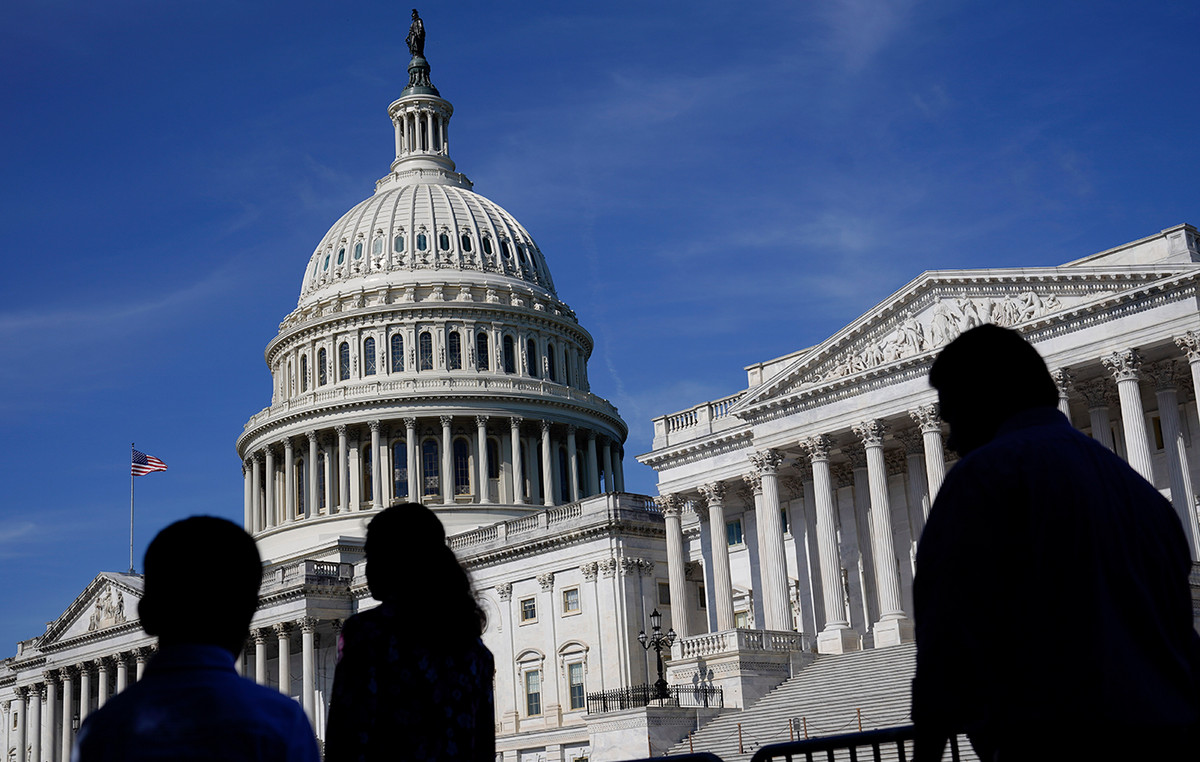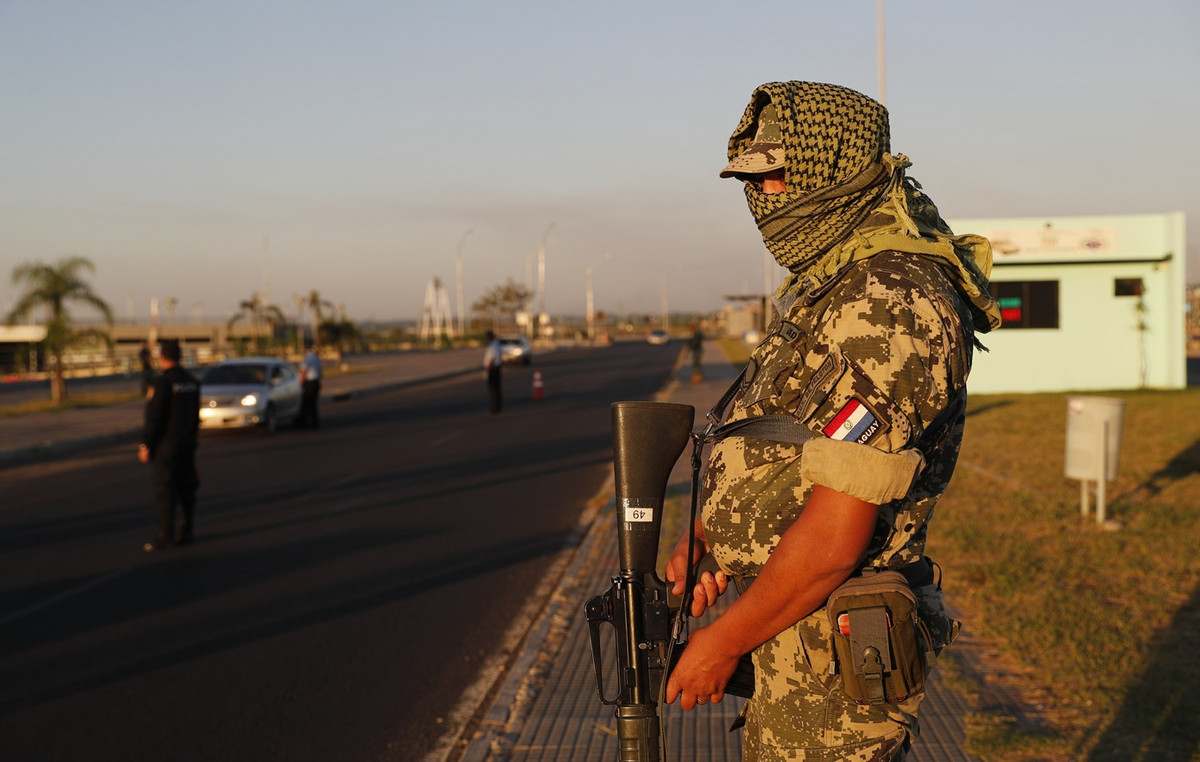The flight control center called out, “We got an MCF on Engine 4,” about 50 seconds into what was expected to be an 8-minute test shot, which indicated that there was a “major component failure” on the vehicle with the fourth engine. The hot fire test terminated after a total of around 67 seconds.
Officials gave few information on what went wrong during a post-flight news conference, held outside near the test stand. “We don’t know what we don’t know,” NASA Administrator Jim Bridenstine said. It is not what they thought it would be.
John Honeycutt- NASA’s program manager for the SLS rocket, and Jim Bridenstine clarified that this is why hardware is checked for spaceflight. They believed that this still would be the rocket around the Moon to start the Orion spacecraft.
Before the test, and then again afterwards, Honeycutt said that NASA was hoping to get 250 seconds of data if it did not shoot the rocket for the entire duration of its nominal space ascent. They got a quarter of that instead.
On January 16th for the launch to take place, NASA invested around $17.5 billion designing the rocket, and several billions more to deploy it on ground systems. The initial date of launch was 2016, and the rocket is now likely not to fly before 2022.
Why Did The Rocket Fail?
Honeycutt informed that the engines fell from 109% of nominal thrust to 95%. And that was when they started gimbaling, and turning their thrust axis. At around 60 seconds, engineers noted a flash around Engine 4 in the region of a thermal safety blanket.
He added that it could be switched out if there is a significant issue with Engine 4. At Stennis, NASA has spare RS-25 engines, including backups that are checked and ready.
However, all of this puts NASA’s plans to launch its Artemis I mission- an uncrewed mission to take humans to the Moon as a precursor, in a very serious doubt. The program was already on a tight deadline, having to ship the core stage in February from the Stennis Space Center to the Kennedy Space Center in Florida to maintain any hope of launch in 2021.
NASA and contractor officials also clarified that almost 50 years have passed since the last major space flight program was built, the Space Shuttle, and as many seasoned engineers have retired or relocated to other industries, the learning curve for new growth has been steep.
NASA seems unlikely to have sufficient data from this test to avoid performing another hot fire test, which would possibly require set-up time for weeks to months.
I’m Ava Paul, an experienced news website author with a special focus on the entertainment section. Over the past five years, I have worked in various positions of media and communication at World Stock Market. My experience has given me extensive knowledge in writing, editing, researching and reporting on stories related to the entertainment industry.







